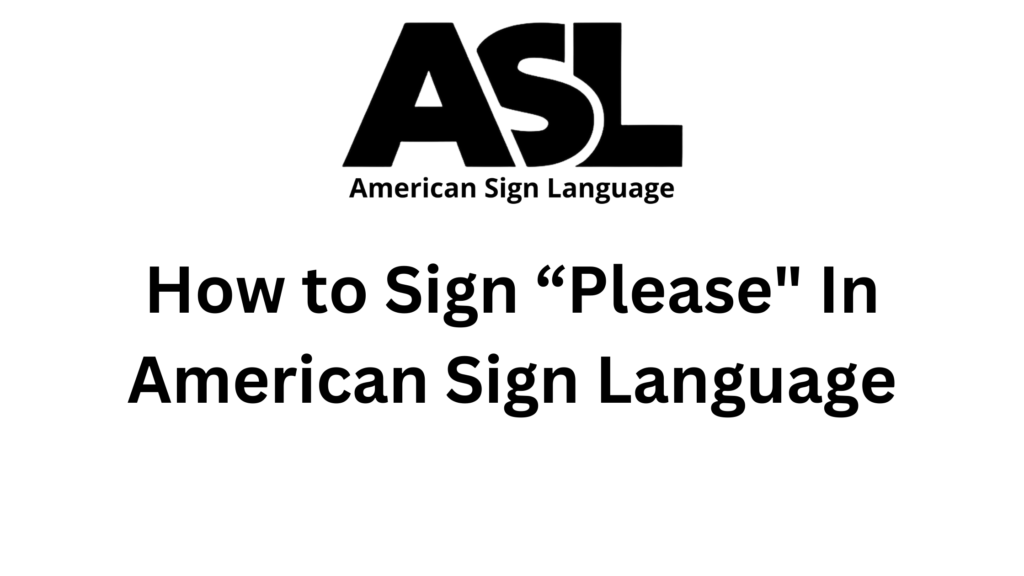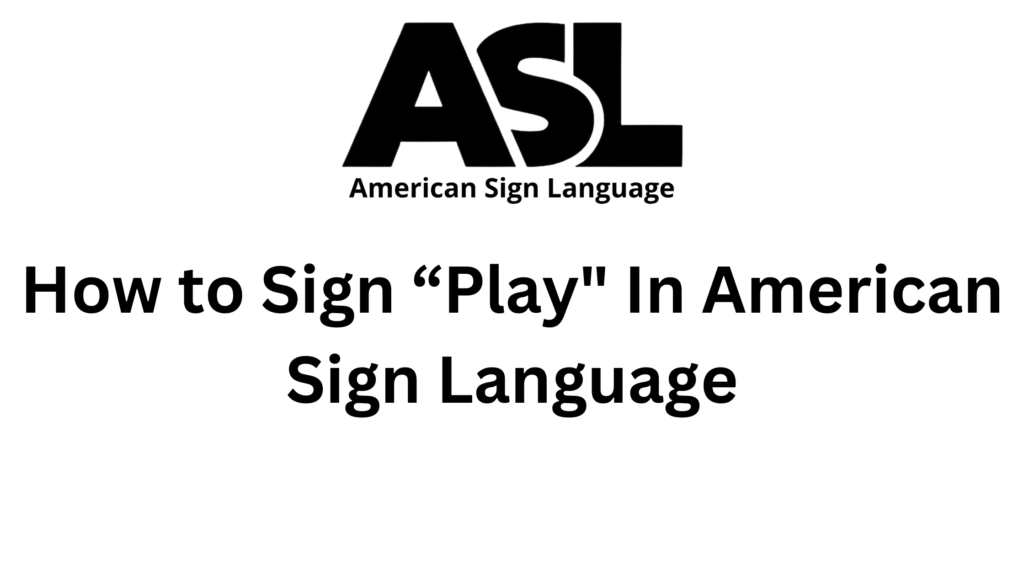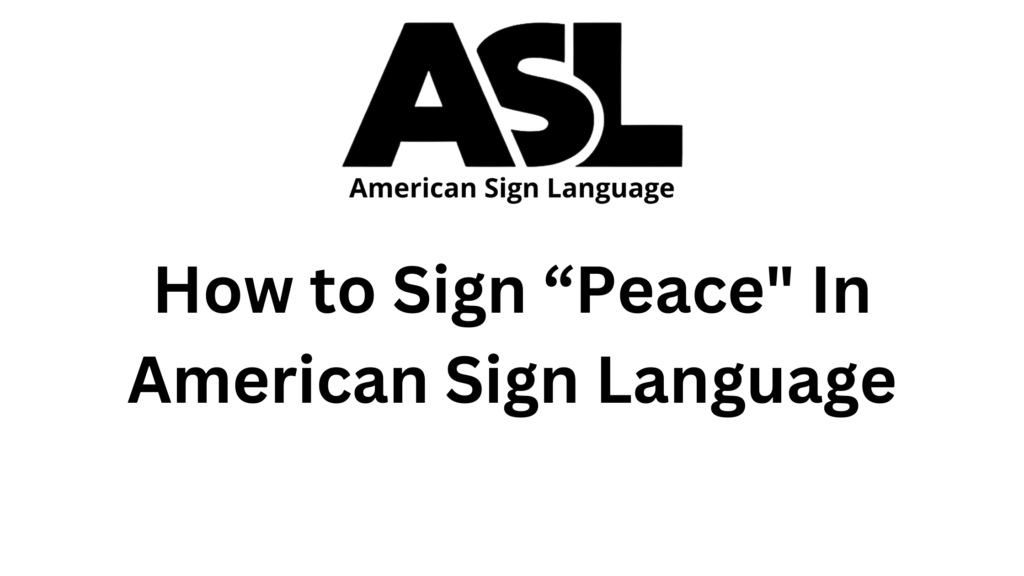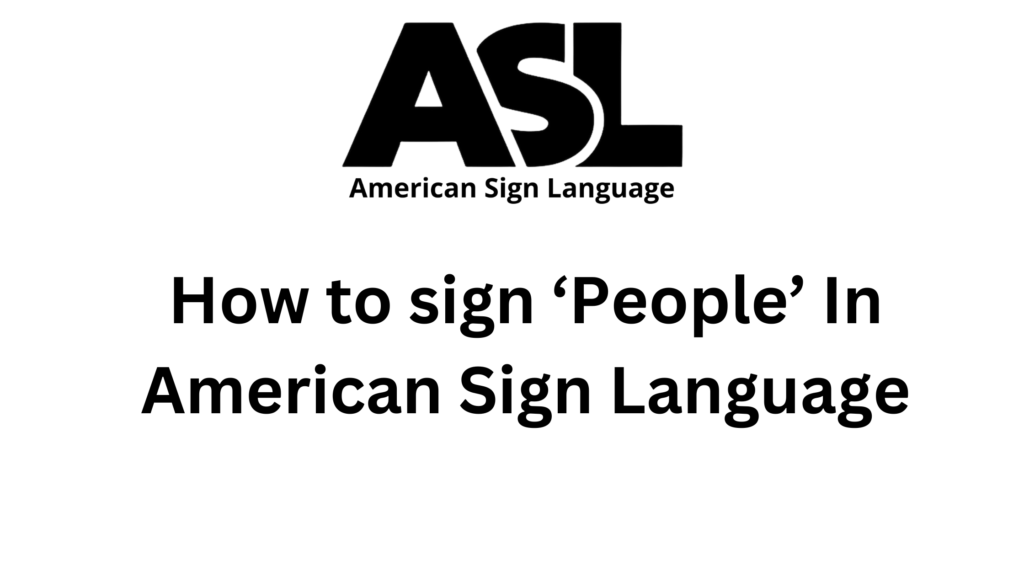Introduction
American Sign Language (ASL) is a rich and expressive language used by the Deaf and hard-of-hearing community in the United States. Learning basic ASL signs can foster better communication and understanding between hearing and non-hearing individuals. In this article, we’ll focus on a fundamental yet polite sign in ASL – “Please.” Follow along as we break down the steps and provide valuable insights into the nuances of signing “Please.”
Understanding the Importance of Politeness in ASL
Before delving into the specific sign for “Please,” it’s essential to recognize the significance of politeness within the ASL community. Politeness is not just a social convention; it plays a crucial role in fostering positive interactions and building strong connections. ASL users incorporate polite signs like “Please” to convey respect and consideration in their communication.
The Basics of ASL
Introduction to American Sign Language (ASL)
American Sign Language is a visual and gestural language that utilizes hand movements, facial expressions, and body language to convey meaning. It is a distinct language with its own grammar and syntax, separate from English. ASL is not universal, and different sign languages are used worldwide.
Importance of Learning ASL
Learning ASL opens up a world of communication for individuals with hearing impairments and promotes inclusivity. Whether you have a Deaf family member, friend, or colleague, acquiring basic ASL skills demonstrates your commitment to understanding and embracing diversity.
The Sign for “Please”
The Importance of the Sign for “Please”
“Please” is a word used in various contexts to request, ask for permission, or express a polite desire. In ASL, the sign for “Please” is a versatile and commonly used gesture that enhances communication in a courteous manner.
Basic Components of the Sign
The sign for “Please” in ASL involves specific hand movements and facial expressions. It is essential to grasp the basic components before attempting to incorporate it into your interactions. Let’s break down the key elements:
Handshape
The handshape for “Please” involves extending your fingers and holding your hand in a flat, open position. This is a neutral handshape used in various ASL signs.
Movement
To sign “Please,” move your hand in a circular motion near your chest. The circular movement adds a polite and soft touch to the sign, emphasizing respect and consideration.
Facial Expression
Facial expressions play a crucial role in ASL, conveying nuances and emotions. When signing “Please,” wear a sincere and polite expression to complement the gesture.
Step-by-Step Guide to Signing “Please”
Now that we’ve covered the basic components, let’s go through a step-by-step guide to signing “Please” in American Sign Language:
Position Your Hand
Begin by extending your fingers and holding your hand in a flat, open position. Ensure your palm is facing downward.
Start the Circular Motion
Initiate a gentle circular motion with your hand near your chest. The movement should be smooth and deliberate, reflecting a sense of politeness and respect.
Maintain Facial Expression
Throughout the signing process, maintain a sincere and polite facial expression. Your expression enhances the overall meaning of the sign and conveys your genuine intent.
Repeat as Needed
Depending on the context of your communication, you may need to repeat the sign for emphasis or clarity. Repetition is acceptable and can reinforce the polite nature of your request.
Common Usage Scenarios
“Please” can be used in various situations, and incorporating the ASL sign adds a personal and respectful touch to your communication. Here are some common scenarios where signing “Please” is particularly effective:
Requesting Assistance
When seeking help or assistance, signing “Please” demonstrates your politeness and appreciation for the other person’s support.
Asking for Permission
Whether you’re asking for permission to enter a room or borrow an item, the sign for “Please” conveys your request in a considerate manner.
Expressing Gratitude
After receiving assistance or a kind gesture, signing “Please” while expressing gratitude adds an extra layer of courtesy and acknowledgment.
Tips for Learning and Practicing ASL Signs
Consistency is Key
Consistent practice is crucial when learning any new language, including ASL. Set aside dedicated time each day to practice your signs and build muscle memory.
Utilize Online Resources
In the digital age, numerous online resources provide tutorials, videos, and interactive lessons for learning ASL signs. Take advantage of these resources to enhance your understanding and proficiency. Learn More Sign on Sign Language American
Attend ASL Classes or Workshops
Joining ASL classes or workshops facilitated by experienced instructors can significantly accelerate your learning process. These settings offer opportunities for hands-on practice and interaction with the Deaf community.
Conclusion
Embracing Inclusivity Through ASL
In conclusion, mastering the sign for “Please” in American Sign Language is a small yet impactful step toward fostering inclusivity and positive communication. ASL opens doors to meaningful connections and bridges the gap between the hearing and non-hearing communities. By understanding the basics of ASL and incorporating polite signs like “Please,” you contribute to a more inclusive and considerate society.
As you embark on your journey to learn ASL, remember that consistency, practice, and a genuine commitment to understanding the culture are key factors in becoming proficient. Start with the sign for “Please,” and let it serve as a gateway to a broader appreciation of the beautiful language that is American Sign Language.





